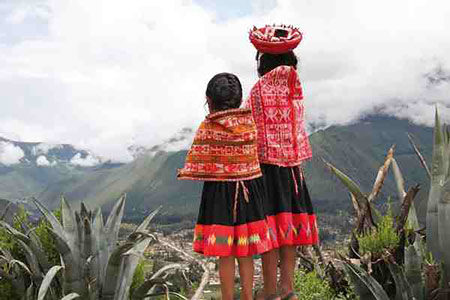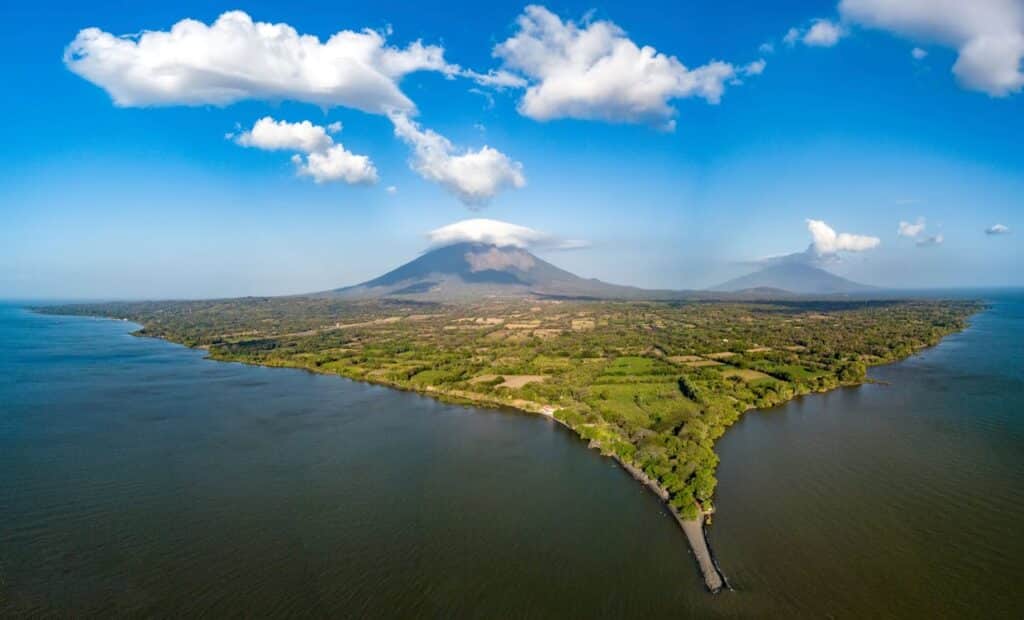Exploring Latin America is an adventure that takes you through sparkling salt deserts, towering glaciers, white sand deserts fringed by lagoons and sacred mountains. To fully enjoy these natural and cultural wonders without worry, international travel insurance is a must. It will protect you against health hazards and give you peace of mind in the event of repatriation. Here’s our detailed guide to the 15 must-sees in Latin America, with practical information on how to travel safely with the right insurance.
Before you leave, remember to take out international health insurance for medical and repatriation cover inLatin America. Unfortunately, unforeseen events and accidents don’t just happen to other people!

1. Salar d’Uyuni, Bolivia
The Salar, or salt desert, lies at an altitude of 3,658m. With a surface area of 12,500 km2, it is the largest salt desert in the world!
In the dry season (April to December), if you have an all-terrain vehicle, you can drive there. During the austral summer (December to March), the salar can be flooded for several weeks, transforming it into a gigantic mirror.
2. The Perito Moreno in Patagonia, Argentina
Sandwiched between two mountains, the Perito Moreno is one of the few glaciers in Patagonia that is not in retreat. It’s advancing by about two metres a day! It’s an impressive sight, with spectacular collapses of the ice walls and huge blocks of ice breaking off. Just spend a few dozen minutes on site to witness the falls. Once there, you can trek across the ice for a while in an exceptional landscape.
3. The white desert of Brazil’s Lençóis Maranhenses
It’s a desert of white sand dunes, whose freshwater-filled hollows form crystal-blue lagoons covering 150,000 hectares.
If you can, the view from the sky is unique.
Don’t hesitate to take a dip – it’s reputed to be sensational! Save the dates: The lagoons are full from May to November. Between December and April, depending on the amount of rainfall, they can be more or less dry.
4. Mount Roraima in Venezuela
It is the highest tepuy in South America. This mountain forms the triple border between Venezuela, Brazil and French Guiana. This mountain is sacred to the Piaroa Indians.
Don’t worry, at just 1220 m high, there is a path to reach it, requiring a two-day hike, in a sublime UNESCO World Heritage site.
5. The Laguna Colorada in Bolivia
Laguna Colorada is a brightly-colored salt lake, ranging from brown to red, covering an area of 60 km². It’s an alto-andine salt lake, its red coloring due to the sediments and pigments of certain types of algae that live there. You’ll find Andean flamingos, one of their breeding grounds. These beautiful migratory birds are counted by the thousands in these mineral-rich waters.
6. The marble chapel in Patagonia, Chile
For over 6,000 years, the waters of the lake have eroded the coastal cliffs to make way for these fascinating white marble caves. In early spring, the shallow waters are turquoise. In summer, water levels rise, creating a deep blue hue that gives the grotto unique, supernatural nuances. A boat is required for access. The journey can be long and arduous, but the enchanting beauty of the caves is well worth it.
7. Caño Cristales in Colombia
The Caño Cristales (stream of crystals) is a Colombian river known as the “river of five colors” and is often referred to as “the most beautiful river in the world”. What makes this river so special and so beautiful are the endemic algae called macarenia clavigera which, from September to November, give it particularly yellow, blue, green, black and red hues! Beware: during the rest of the year, the river looks perfectly ordinary, so don’t be mistaken about when you visit!
8. The Moai statues of Easter Island in Polynesia
Emblematic of the island, the Moai are some 900 gigantic stone gods, erected between the 9th and 16th centuries. Most are carved from volcanic rock quarried on Rano Raraku. These monumental statues measure up to 9 metres and can weigh up to 80 tonnes!
Built with their backs to the ocean, it is assumed that the Moai protected their people from the outside world.
9. The Desert Hand in Chile
Who wants to save the giant hand, 11 metres high, from the Atacama desert, scorching by day and freezing by night? This is La Mano del Desierto, a work by Chilean sculptor Mario Irarrázabal created in 1992.
According to the author, this half-buried hand represents the victims of injustice and torture during the military dictatorship.
10. Christ the Redeemer on Corcovado, Brazil
Christ the Redeemer or Corcovado Christ is a 40-metre-high statue of Christ that dominates the city of Rio de Janeiro. Everyone’s heard of it. It’s the country’s international emblem, classified as a historic monument since 1973. This monument offers a unique view of Rio Bay and its sugar loaf. Over 600,000 visitors a year flock to the show.
11. Huchuy Qosqo in Peru
Former home of the Inca rulers, a sacred site of the pre-Columbian Empire, where numerous monuments were built. Situated at an altitude of 3,600 metres, the royal residence offers superb panoramic views of the surrounding mountains. Fancy a horseback ride? This site is only accessible on foot or on horseback.
12. Iguaçu Falls in Argentina
Right in the heart of the rainforest, the Iguaçu Falls are a series of 275 waterfalls stretching for almost three kilometers. The largest, called “The Devil’s Gorge”, is 700 metres long and 82 metres high! Footbridges built over the various branches of the Iguaçu River allow visitors to get within a few metres of the falls.
13. Lake Titicaca, Peru/Bolivia
Between Bolivia and Peru, it is considered the highest navigable lake in the world, with an altitude of over 3,800 metres. Made up of freshwater, Lake Titicaca is fed by more than 25 rivers from rainfall runoff and snowmelt.
14. Bogota, Colombia’s cosmopolitan capital
A cosmopolitan mix of colonial heritage, dilapidated shantytowns and modern high-rises. Don’t forget to visit the Plaza de Bolivar and the Museo de Botero. Panoramic views are not uncommon, especially at the Mirador de la Calera, and you can also enjoy the heights of the savannah.
15. Cartagena, Colombia
With its UNESCO-recognized double sculptures and popular Caribbean style, it’s one of Colombia’s most visited destinations. Stroll around the hundreds of years-old city walls and explore the 18th-century Las Bodevas keep, or visit must-see sites such as Felipe de Barajas, Castle the Rafael Núñez house, Castillo de San Felipe or the statue of Simon Bolivar.
To discover these magnificent places, we recommend that you take out insurance that fully covers you! You can get an online quote for your health insurance in Latin America.

